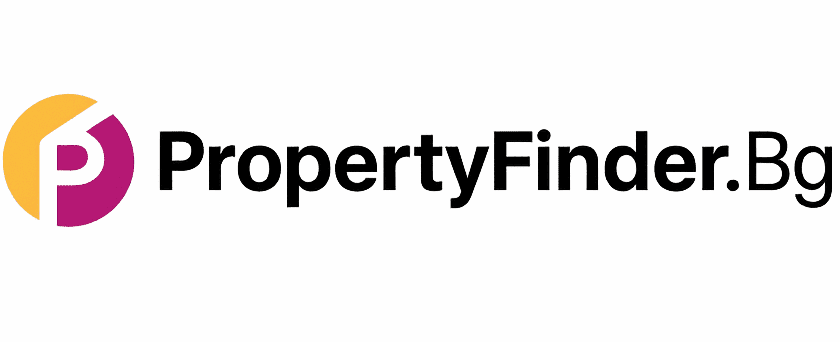Contents
We continue our series on calculating property yields. Having introduced ROI, today we’ll focus on a highly practical metric, particularly for investors using financing – return on equity, or what’s known as Cash-on-Cash Return (CoC).
What is Return on Equity (Cash-on-Cash Return)
Return on equity, better known as Cash-on-Cash Return (CoC), is an important metric for investors who use financing (mortgage credit) to purchase a property. This metric measures what the return is relative to the equity you actually put in – i.e. the money you have taken “out of pocket”.
Cash-on-Cash Return Calculation Formula
Cash-on-Cash Return (%) = (Annual pre-tax cash flow (BTCF) / Total invested equity) × 100
Main components of the formula
1. Annual pre-tax cash flow (BTCF)
It is calculated by subtracting the annual debt service costs – that is, the mortgage payments including principal and interest – from the annual net operating income (NOI).
BTCF = NOI – Annual Mortgage Payments
2. Total invested equity
This is the total amount of cash that the investor has personally invested in the deal. Includes:
- The mortgage down payment
- All costs of the property acquisition (notary fees, commissions, etc.)
- Expenditure on initial repairs or improvements paid for from own resources
Cash-on-Cash Return Calculation Example
We will use the data from the example of ROI for a financed purchase, adding in the cost of initial improvements.
- Property acquisition price: €100,000
- Acquisition costs: €10,000
- Total transaction value: €110,000
- Down payment: €20,000
- Acquisition costs (paid in cash): €10,000
- Initial improvement costs (paid in cash): €5,000
Total invested equity: €20,000 + €10,000 + €5,000 = €35,000
Additional data:
- Annual rental income: €12,000
- Annual operating costs: €3,600
- NOI (Net Operating Income): €12,000 – €3,600 = €8,400
- Annual mortgage payments: €5,153.52
- BTCF (Annual cash flow before taxes): €8,400 – €5,153.52 = €3,246.48
Calculation:
Cash-on-Cash Return (%) = (€3,246.48 / €35,000) × 100 = 9.28%
What Cash-on-Cash Return Shows
The CoC Return indicator shows what the return is on the equity you actually invest. In other words, it answers the question:
“How much of my own money is working in this deal?”
This indicator is extremely useful for investors who:
- Use a mortgage loan
- Looking to generate regular cash flow
- They want to compare the performance of different deals against the equity invested
Unlike ROI, which can include capital gains (not currently realized), CoC Return focuses on the actual money made from rental activity.
How Refinancing Affects CoC Return
A strategy that can positively impact CoC Return is to refinance the property. If:
- The market value of the property has increased
- There are favourable lending conditions
You can refinance the property and take out some of the equity (cash-out refinance). This reduces the amount of equity locked up in the property and, with the same cash flow, results in a higher CoC Return.
It is important to keep in mind that this strategy increases the amount of debt and monthly payments, which carries additional risk.
Conclusion
Cash-on-Cash Return is one of the most practical metrics for investors who use debt financing. It gives you a clear picture of the performance of your equity and how much you are actually earning on your investment.
In the next article we will look at the Cap Rate, another important tool for quick comparison and analysis of property investments.
You might also like:
- Short-term vs. long-term rent: Which strategy brings higher returns in 2025?
- Buying Property in Turkey 2025: The Mandatory Currency Exchange (Döviz Alım Belgesi) – Step by Step
- How to Choose a Reliable Property Management Company in Dubai: A Complete Investor’s Guide
This post is also available in: Български







